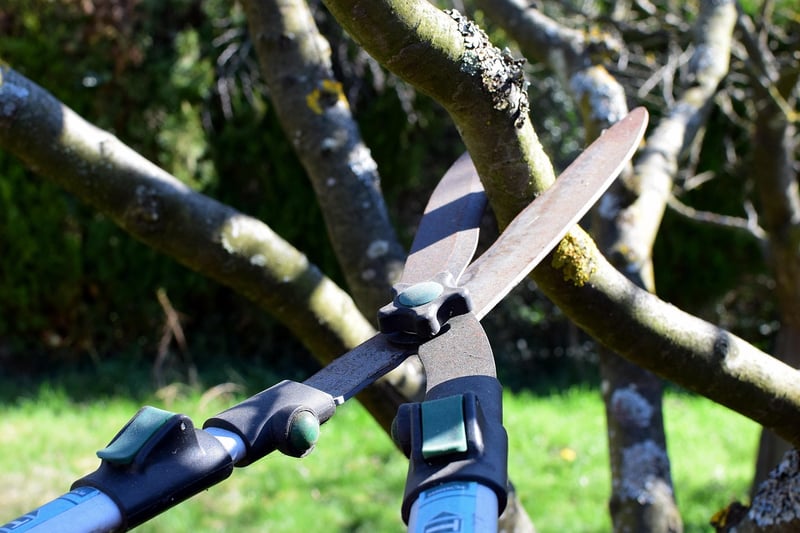Pruning Techniques
Keep Your Garden Thriving: Pruning Techniques
Introduction to Pruning
Pruning is an essential gardening practice that involves selectively removing parts of a plant to improve its health, shape, or growth. Proper pruning can help your garden flourish by promoting new growth, controlling size, and enhancing the overall appearance of your plants.
Why Prune?
Pruning offers several benefits, including:
- Promoting plant health by removing dead or diseased branches
- Shaping plants for better aesthetics
- Encouraging new growth and flowering
- Controlling size to prevent overcrowding
Pruning Techniques
1. Tools
Before you start pruning, make sure you have the right tools for the job. Essential pruning tools include pruning shears, loppers, and pruning saws. Clean and sharp tools will make the pruning process easier and help prevent damage to your plants.
2. Timing
The timing of pruning depends on the type of plant. In general, it's best to prune flowering shrubs right after they bloom, while dormant pruning is ideal for many trees and shrubs during late winter. Avoid pruning during extreme weather conditions to prevent stress on the plants.
3. Techniques
When pruning, follow these basic techniques:
- Remove dead, damaged, or diseased branches first
- Prune at a 45-degree angle just above a bud or lateral branch
- Thin out crowded areas to improve air circulation
- Step back periodically to assess the plant's shape and balance
Conclusion
By incorporating proper pruning techniques into your gardening routine, you can help your garden thrive and enjoy healthy, beautiful plants year-round. Remember to research specific pruning requirements for each plant species and practice regularly to refine your skills.

For more gardening tips and advice, visit GardeningWebsite.com.
